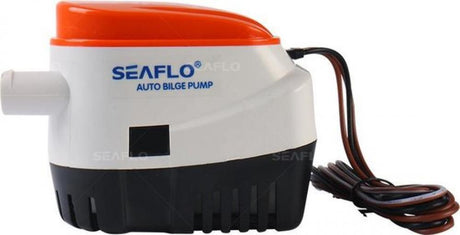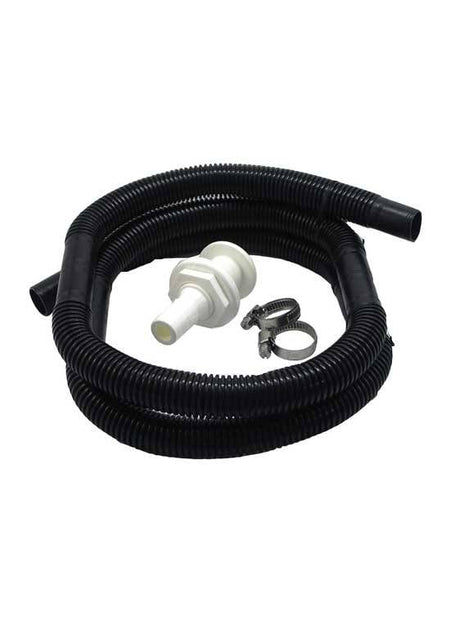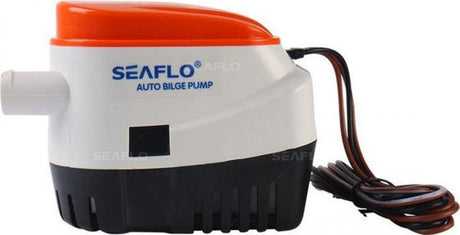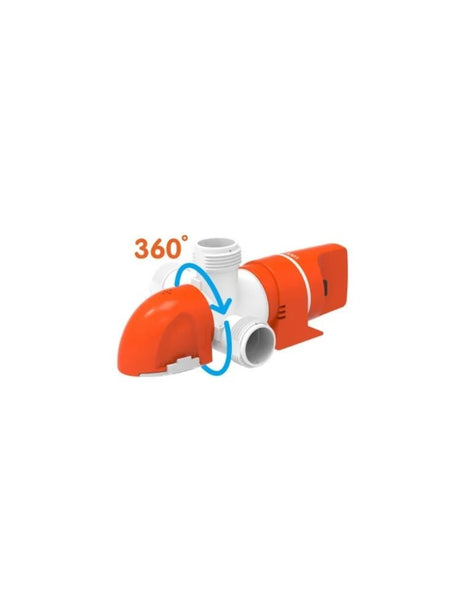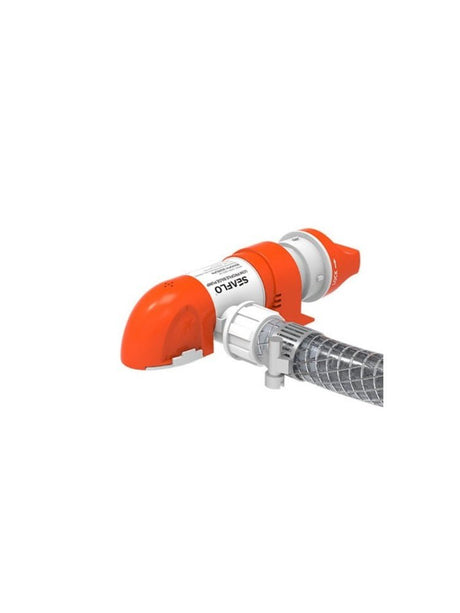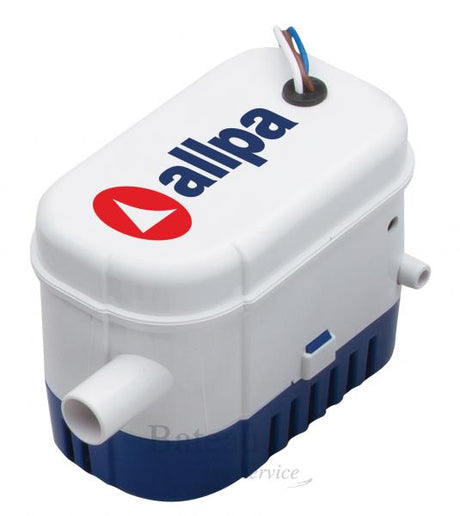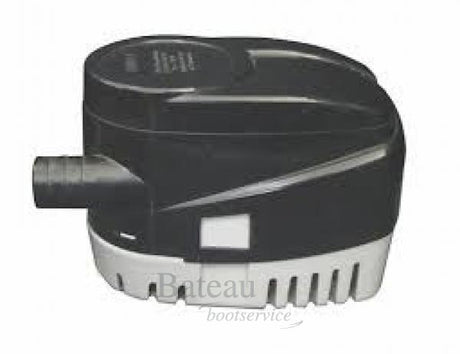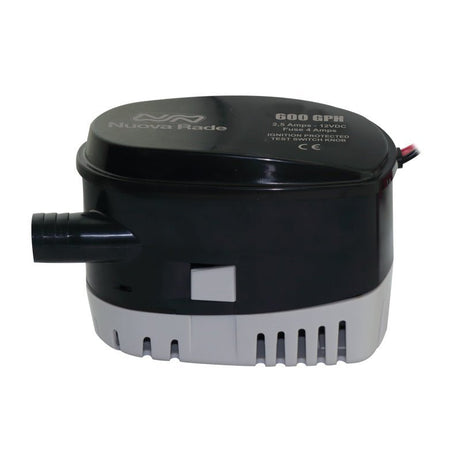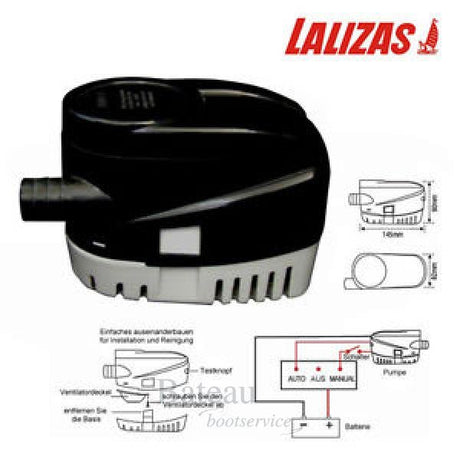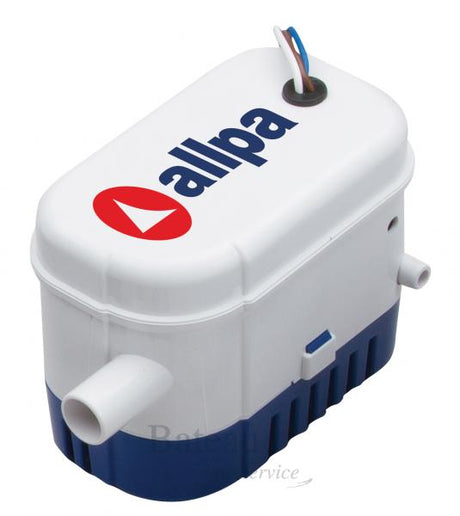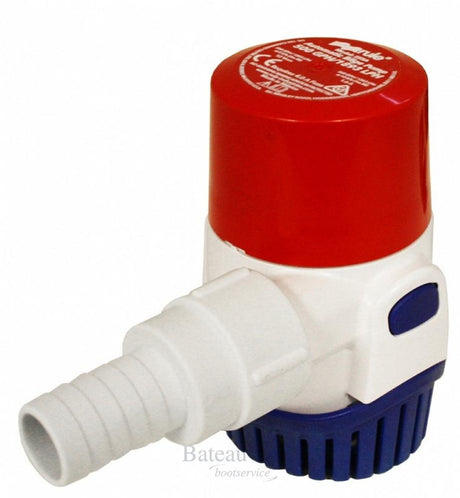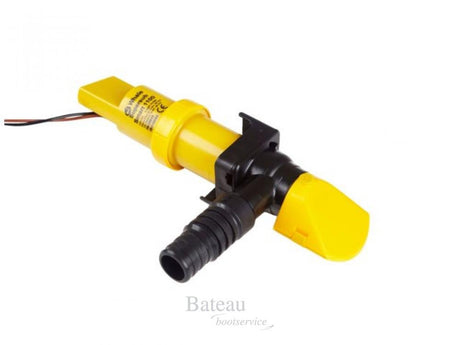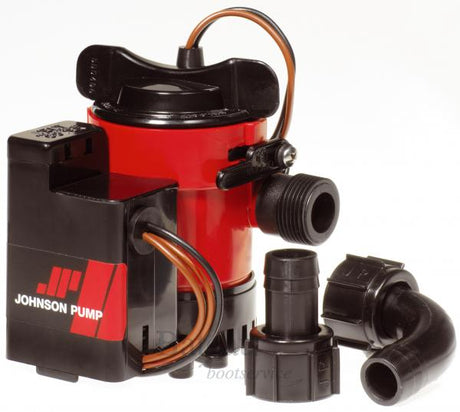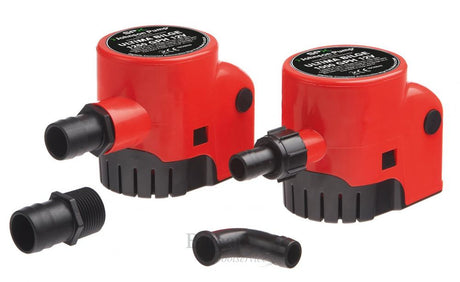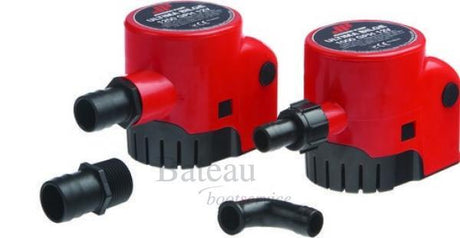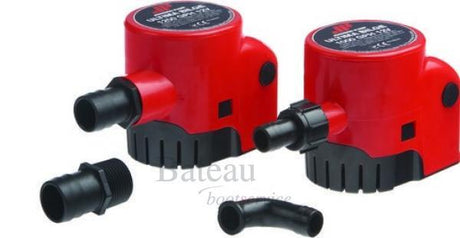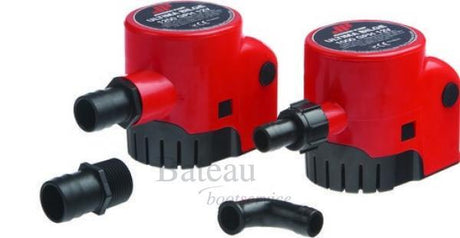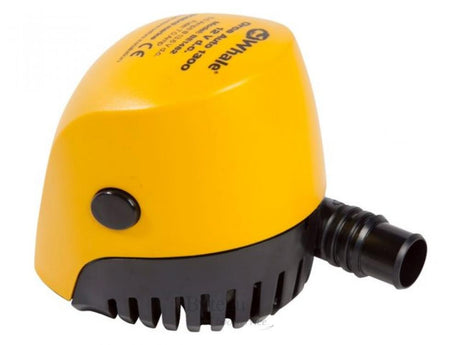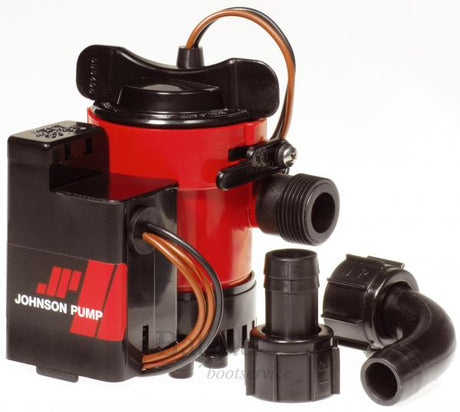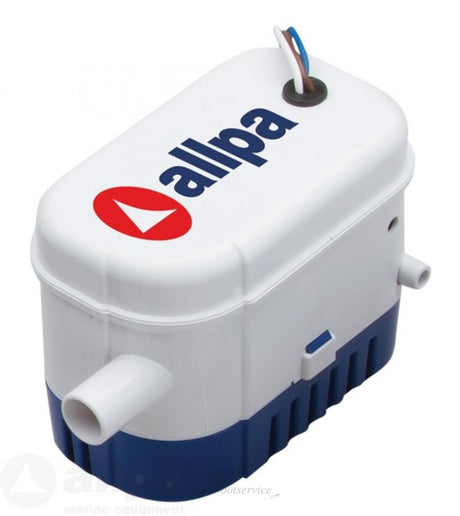Naova Rade
Submersible bilge pump automatic float 600 GPH 1000 GPH 12 Volt
From 29,95Unit price /UnavailableBateau
Whale Supersub Smart bilge pump automatic Type 1100 12/24 Volt
180,00Unit price /UnavailableAllpa
Bilge pump with float switch, 75l/min, 12V, 4.0A, 29mm hose connection
62,00Unit price /Unavailable
Frequently Asked Questions
Do I need a control panel for an automatic pump?
Do I need a control panel for an automatic pump?
No, it is optional. An automatic pump also works without a panel. With a panel you do have more control and manual operation.
What is the difference between a pump with and without a built-in float switch?
What is the difference between a pump with and without a built-in float switch?
A built-in switch means fewer parts and easier installation. A separate switch gives you more flexibility in placement and maintenance.
Is a fuse required when connecting?
Is a fuse required when connecting?
Yes, a suitable fuse (usually 5–10A depending on pump model) is recommended to protect your system.
What is the correct wire thickness?
What is the correct wire thickness?
For 12V systems you usually use at least 1.5 mm² wire up to 5 meters long. For longer distances or higher current 2.5 mm².
How do I connect a bilge pump?
How do I connect a bilge pump?
Automatic bilge pump connection diagram (without switch panel)
Required:
Bilge pump (12V or 24V)
Float switch (if external)
Battery
Fuse holder with fuse
Electrical wire (minimum 1.5 mm²)
Crimp connections or clamps
Connection diagram:
Minus connection pump (black) → directly to negative terminal (-) of the battery.
Positive connection pump (red) → via the float switch to the positive terminal (+) of the battery.
Place a fuse in the positive lead between the float switch and the battery.
If you are using a pump with a built-in float switch, connect the red wire directly to the positive terminal of the battery, with a fuse in between.
Optional with switch panel (manual/automatic/off):
Use a 3-way switch and route the power through the panel.
Typically such a panel has 3 wires: manual mode, automatic mode (via float), and common ground.

